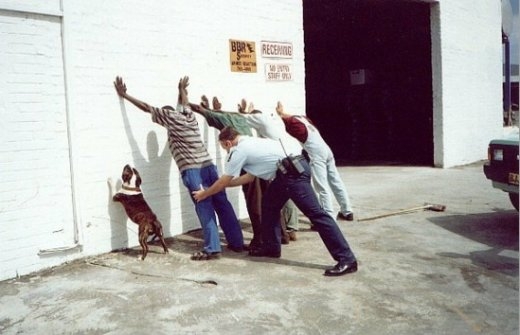
INQUIRER: The Police Department began preparing officers last week to respond to Mayor Nutter’s promise to step up stop-and-frisk tactics to help rid the streets of illegal weapons. Department officials insist there is really nothing new to stop-and-frisk — the courts have long-established rules that set limits on pat-downs to protect the public from unreasonable searches. But Police Commissioner Charles H. Ramsey wants officers to increase the number of legal searches they conduct as part of a strategy the department calls “aggressive but intelligent policing.”
“We’re not asking you to do anything illegal or unconstitutional in any way,” Lt. Francis T. Healy, a department lawyer, says in a training video being shown to patrol officers. “We just want you to do what you’re doing today, but step it up a bit.” Though officers already are trained in the finer legal points of conducting a frisk — a protective pat-down can be conducted only to detect weapons, not to search for drugs — police say they want to reinforce the training to reduce confusion that has arisen over Nutter’s promise to respond aggressively to the city’s high rate of violent crime.
“Stop-and-frisk does not, under any circumstances, mean stopping people for no reason, throwing them
up against the wall, patting them down, frisking them,” said Healy, a special adviser to Ramsey. “That is not what we’re talking about.”More than 600 field supervisors — mostly sergeants, but some corporals and lieutenants — began attending the two-hour training sessions at the academy on Thursday; the classes will continue through this week. The supervisors will be responsible for training their field officers in the department’s 23 districts. Officers expect to see an immediate increase in stops.
Criminologists say that stop-and-frisk tactics, used most famously by the New York City police, demonstrably reduce the number of illegal weapons on the street and reduce violent crime. But the more intrusive police action inevitably builds community tensions and, if done insensitively or incorrectly, can result in expensive civil rights lawsuits against police. In New York, the practice has raised some eyebrows and allegations of racial bias. Of 500,000 pedestrian and vehicle stops conducted in 2006, 89 percent involved nonwhites, though white suspects were 70 percent likelier to have a weapon on them, according to the department’s analysis. MORE
